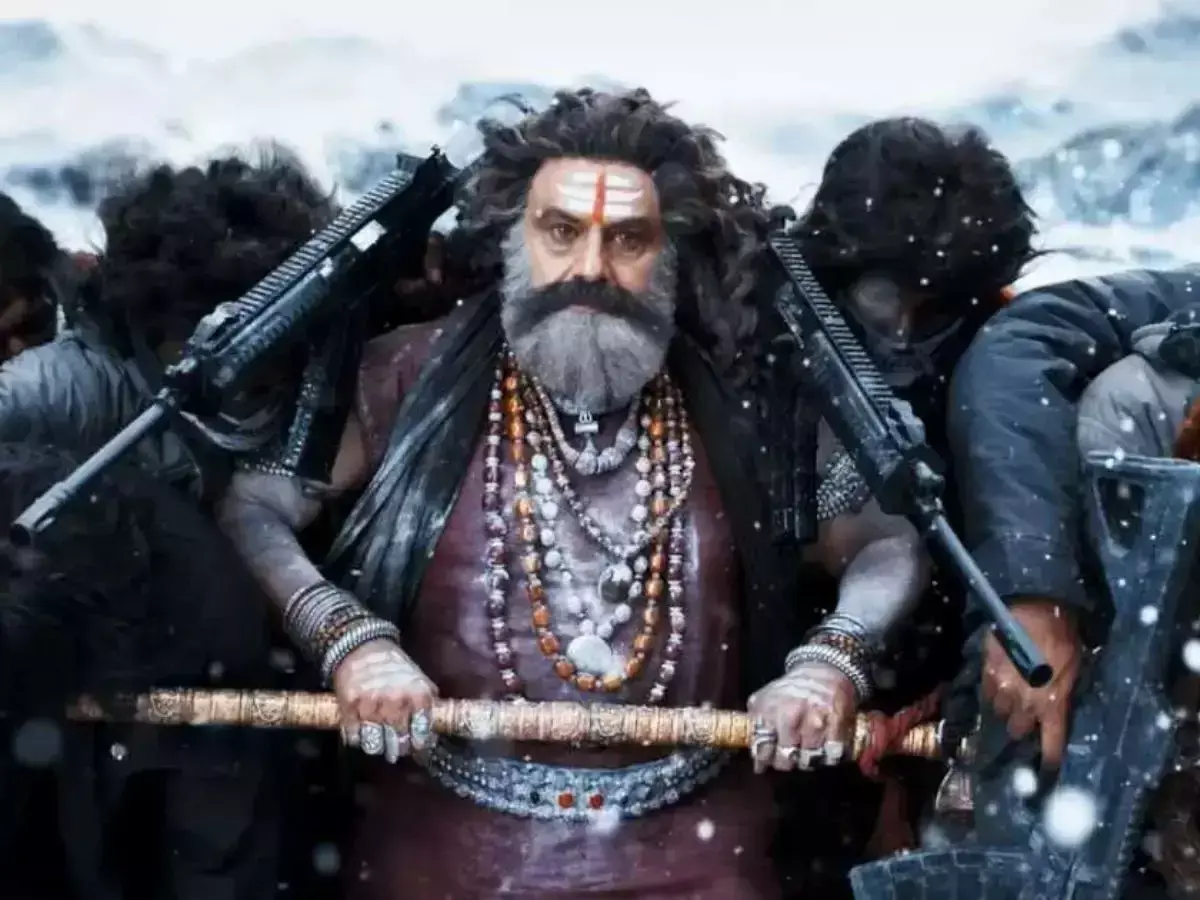Have our historic and period filmmakers failed us?

The recent ‘Padmavati’ controversy had people divided across lines, as usual. However, it set me thinking on something else totally, unconnected with that unwanted controversy. Indian cinema over the years has made some great period films when you judge them purely from the entertainment point of view.
The Bollywood has churned many epic, historical and period films, however, they have one thing in common and that is a love triangle. Will our filmmakers move away from love triangles and show history as it is without distorting it
The recent ‘Padmavati’ controversy had people divided across lines, as usual. However, it set me thinking on something else totally, unconnected with that unwanted controversy. Indian cinema over the years has made some great period films when you judge them purely from the entertainment point of view.
The most epic of course is ‘Mughal-E-Azam’. Even in recent years, we have had some remarkable period films brought together by Bollywood – ‘Lagaan’, ‘Jodhaa Akbar’, ‘Bajirao Mastani’ and ‘The Legend of Bhagat Singh’. What is the common denominator in all these period movies? A love triangle! These glorious love triangles are the victories of our creative makers and within these victories is their biggest defeat.
These stories are a great creative expression of love triangles. Particularly ‘Mughal-E-Azam’ and ‘Bajirao-Mastani, which was panned by critics for its ‘Mughal-E-Azam’ hangover, luckily the audience decided otherwise. These films have had great epic performances. Prithviraj Kapoor as Akbar and Ranvir Singh as the great warrior and lover Bajirao have won hearts big time and rightly so.
These movies also have had great music, dialogues, etc. Once again that remains the ‘sacred cow’ benchmark for a movie. It should first entertain us and then any higher object of a social message, etc, can be attempted.
This is where it can be very easily concluded that our makers have failed us. Totally! Even today if the biggest and most impressive period film made with India as a background is a movie called ‘Gandhi’. And that is not even made by us. The Americans made a movie for us. Think hard.
How embarrassing this is. For our best makers, our historical figures and historical moments are nothing beyond love triangles. Sure kings and queens and freedom fighters are humans too. They are as susceptible to love as anybody else, but is that the only point we want to highlight about them?
And that cannot even be historically authenticated at times? If I were to tell you that any average Class VI student of India will tell you that there was no Anarkali, in reality, what would you say?
We have had some epically underrated efforts on the celluloid to deliver accurate history to us. ‘The Legend of Bhagat Singh’ delivered by Raj Kumar Santoshi in supreme form, which had such epic performances from Ajay Devgn and others like Sushant Singh sank without a trace at the box office.
So did ‘Netaji Subhas Chandra Bose: The Forgotten Hero’. Even worse is the fact that the media, which would rather focus terabytes of its data on catfights between film stars did not focus on building an undercurrent for these forgotten classics.
Therefore, for a lot of us, who found real history classes boring think that Akbar was a bad father, who did not allow his son to get his love life. Bajirao was a “majnu-chaap aashiq”, who died with high fever thinking of his sweetie pie.
The fact is poor Bajirao died literally fighting wars for uniting India. The fact is, after Shivaji, he was the most invincible and fearless warrior India had seen and had he not died due to high fever at a bare age of 32, a lot many historians would have told you that India probably would not have been slaves to the British. Nor would it have suffered the 100-odd years of West Asia rooted invasions, which took place between Mughals going weak and British taking complete control.
So for a Vishal Bharadwaj, ‘Rangoon’, which talks of India in the last years of its freedom struggle or for Vidhu Vinod Chopra in ‘1942 – A Love Story’, India’s freedom struggle was more about love triangles and love stories and less about freedom struggle.
So as a Bollywood buff Indian, I hope one day we have filmmakers, who will wake up to presenting movies, which will talk about facts of history. Some men, who will talk of Shivaji’s conquests; some writers, who will present us the story of Ashfaqullah Khan and his rock solid contribution to our freedom; some directors who spare us the fictional love triangles of loser lovers dying in the end.
Thank god ‘The Ghazi Attack’ does not have a love triangle hidden inside the submarines.

















